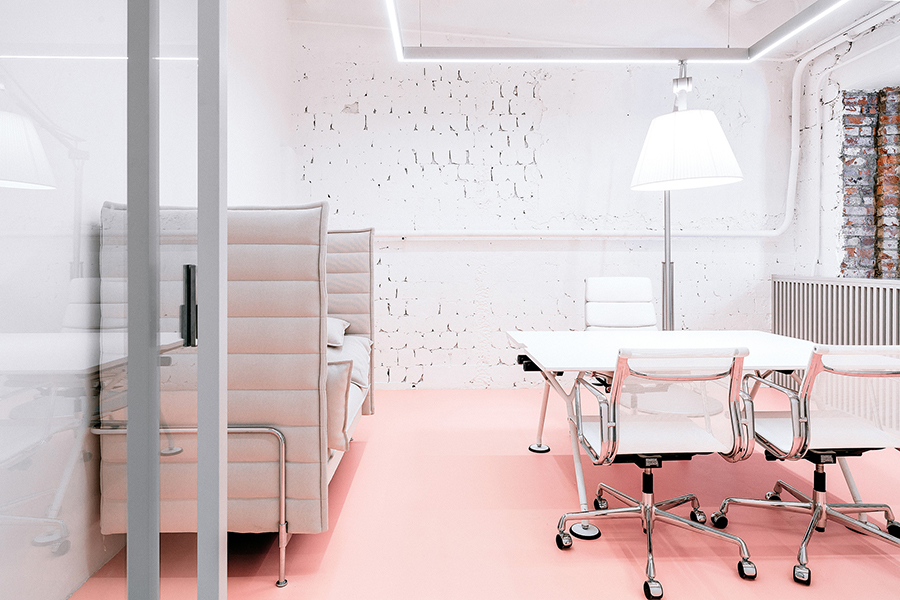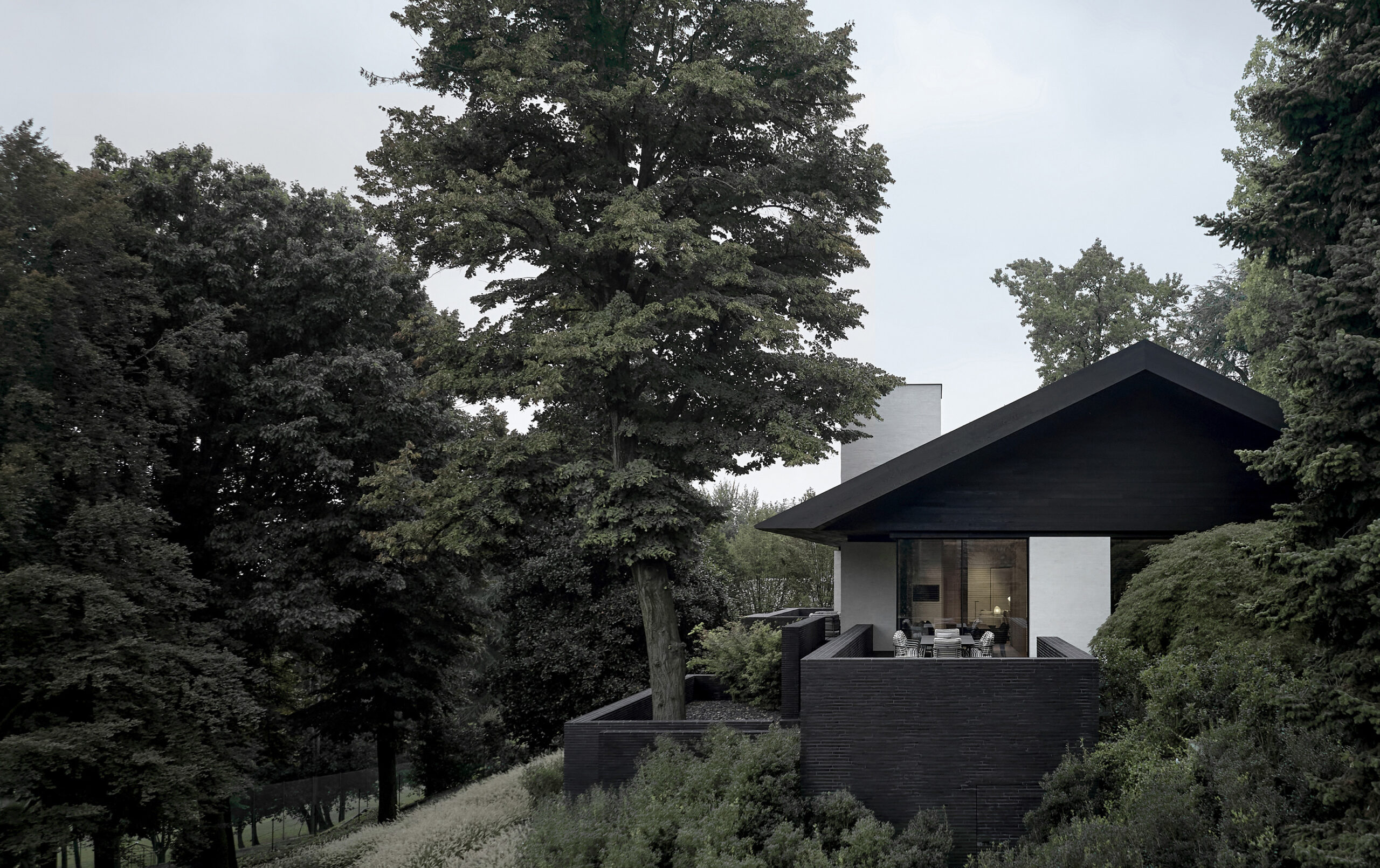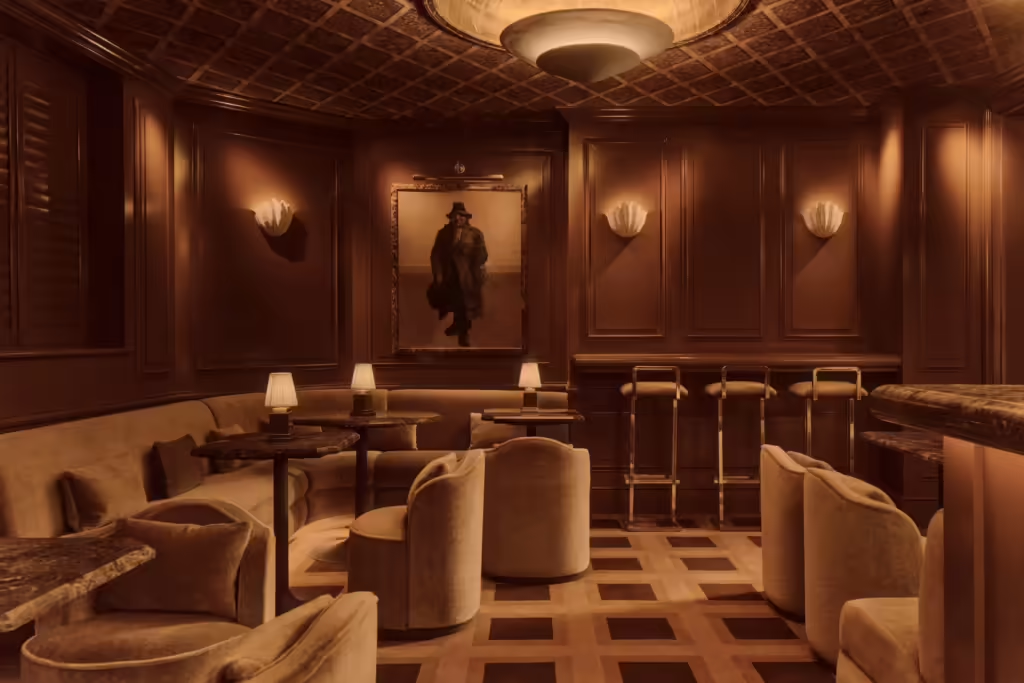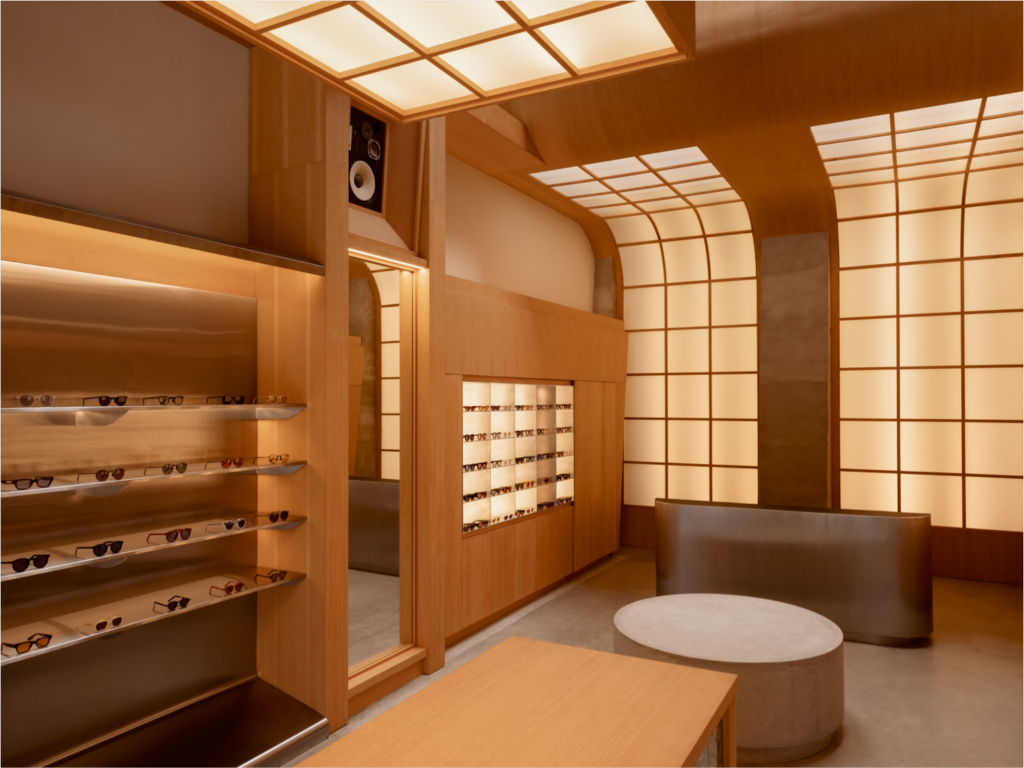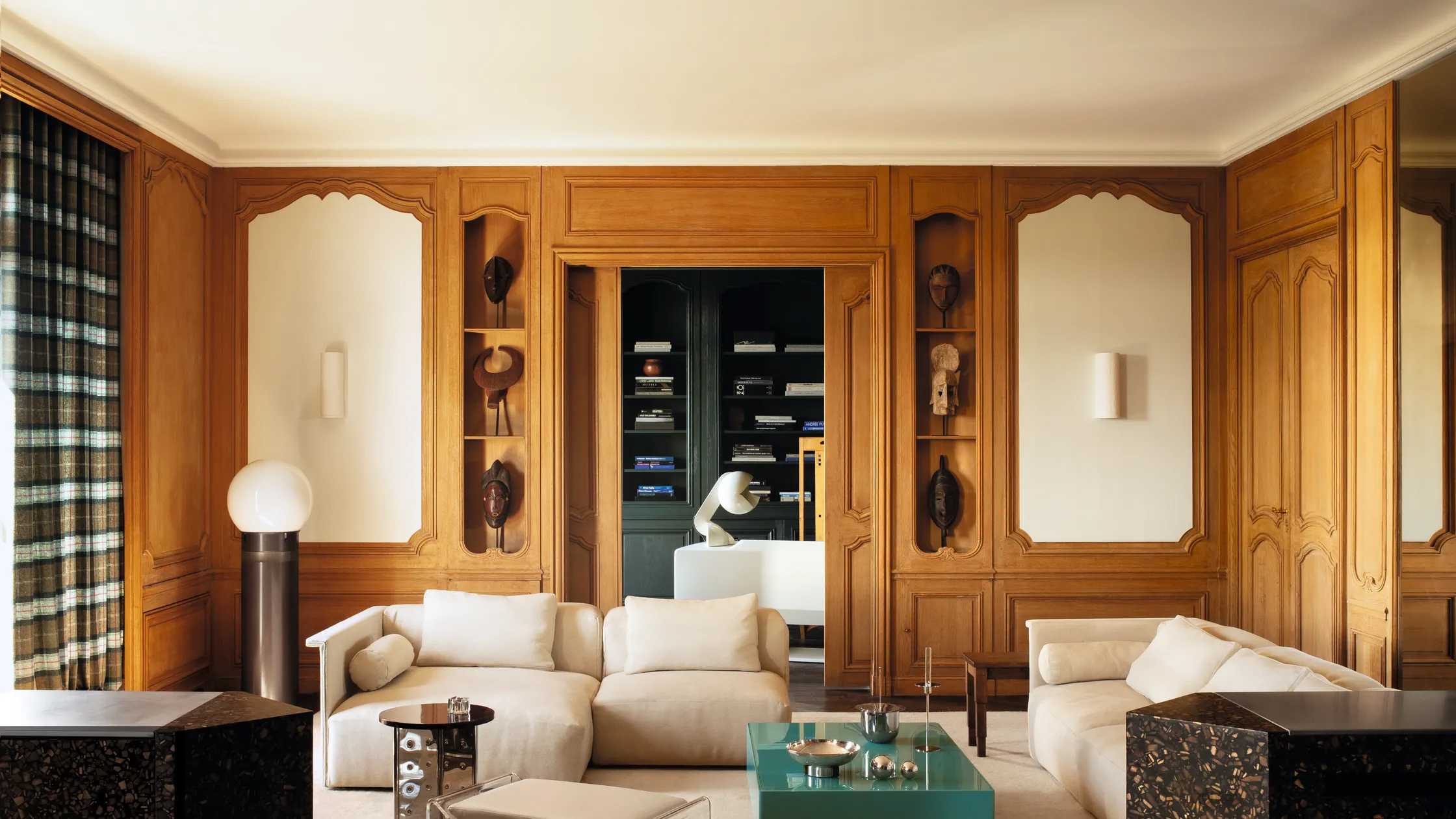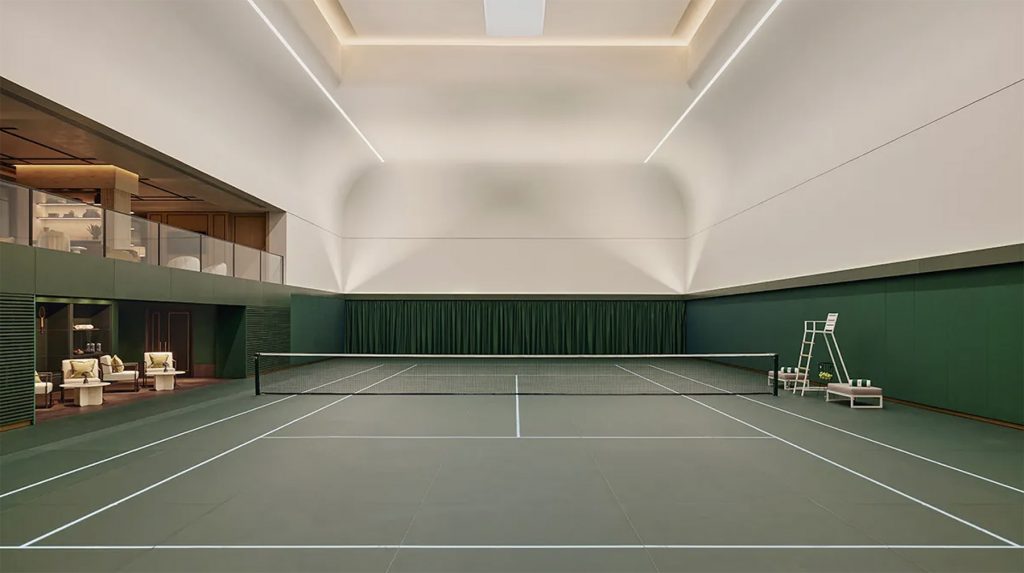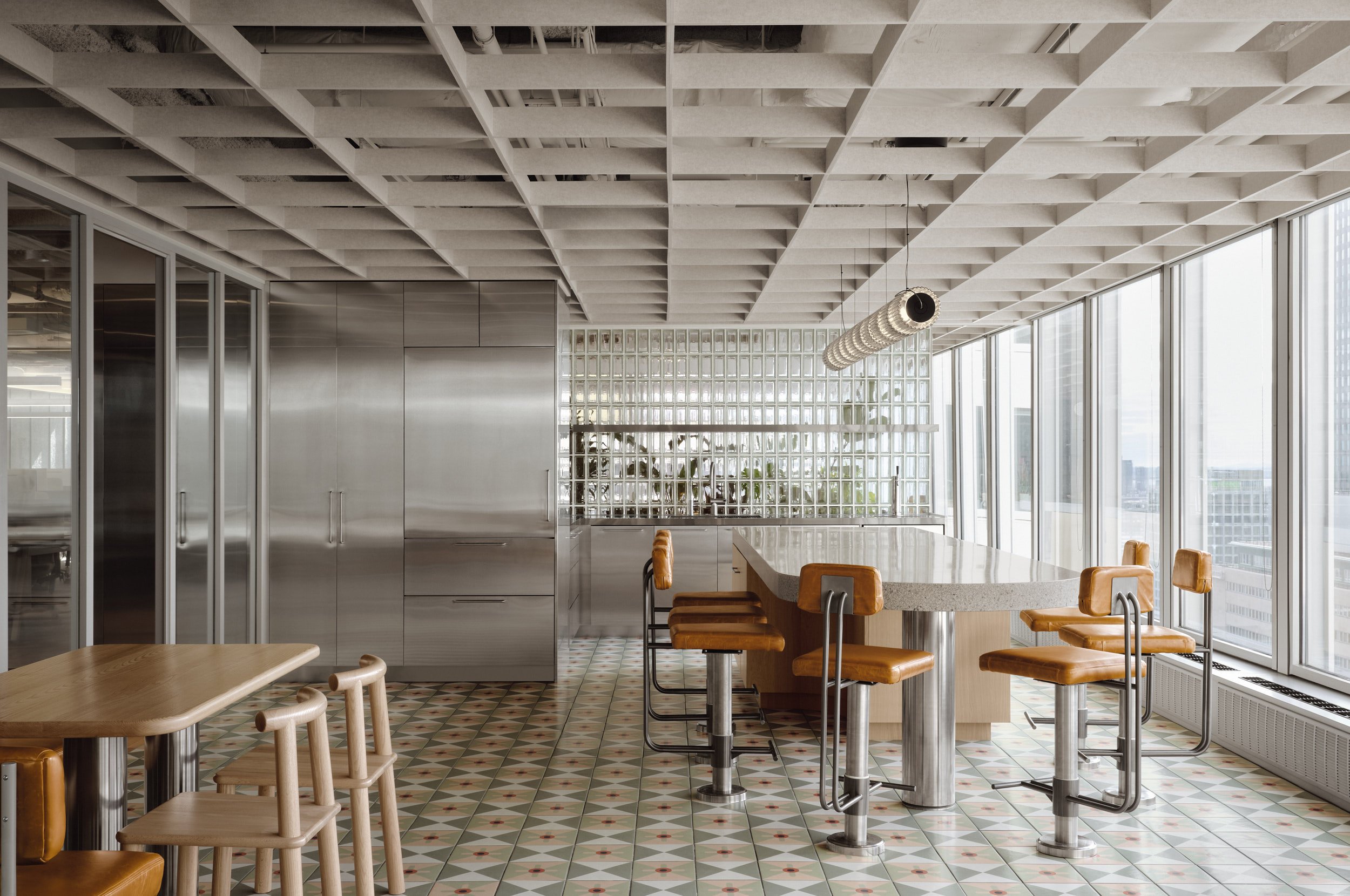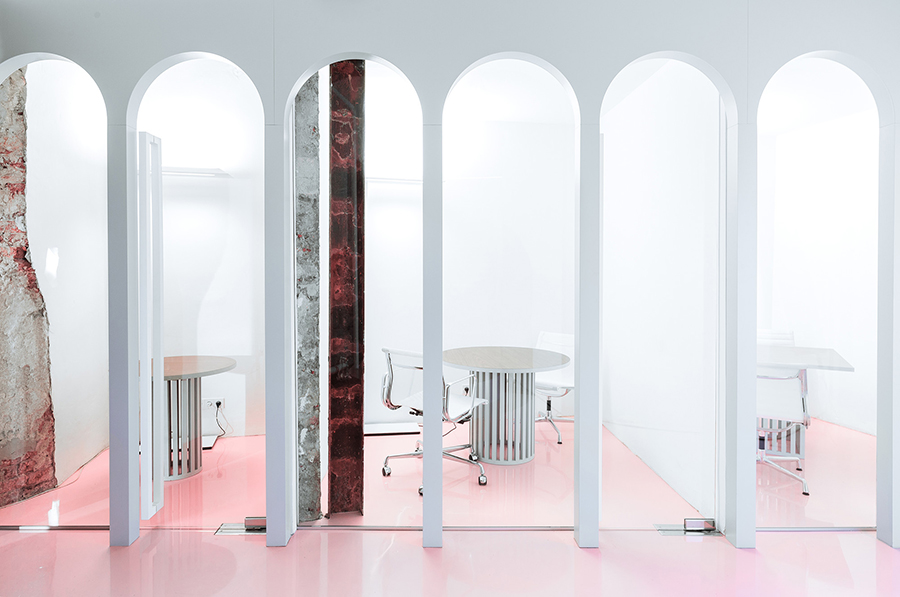
The classy office of Moscow-based NGRS (Next Generation Recruitment Services) brought on two flashbacks from our fairly recent articles.
First, we thought of the super-shiny, pastel-colored floors of abstract artist Peter Zimmerman at his solo exhibition this summer at the Museum für Neue Kunst in Freiburg, Germany.

And then we wondered if we are noticing this just because the colour in question in a soft pink, a colour for which we are trying to have a renewed appreciation after decades of associating it with fairy tale princesses, baby girls and tacky beauty parlours.
We have not liked pink, to be exact. Or, we have not liked it as an element of any kind of interior that we’d want to mention or live or work in. And yet, here it is, popping up everywhere.
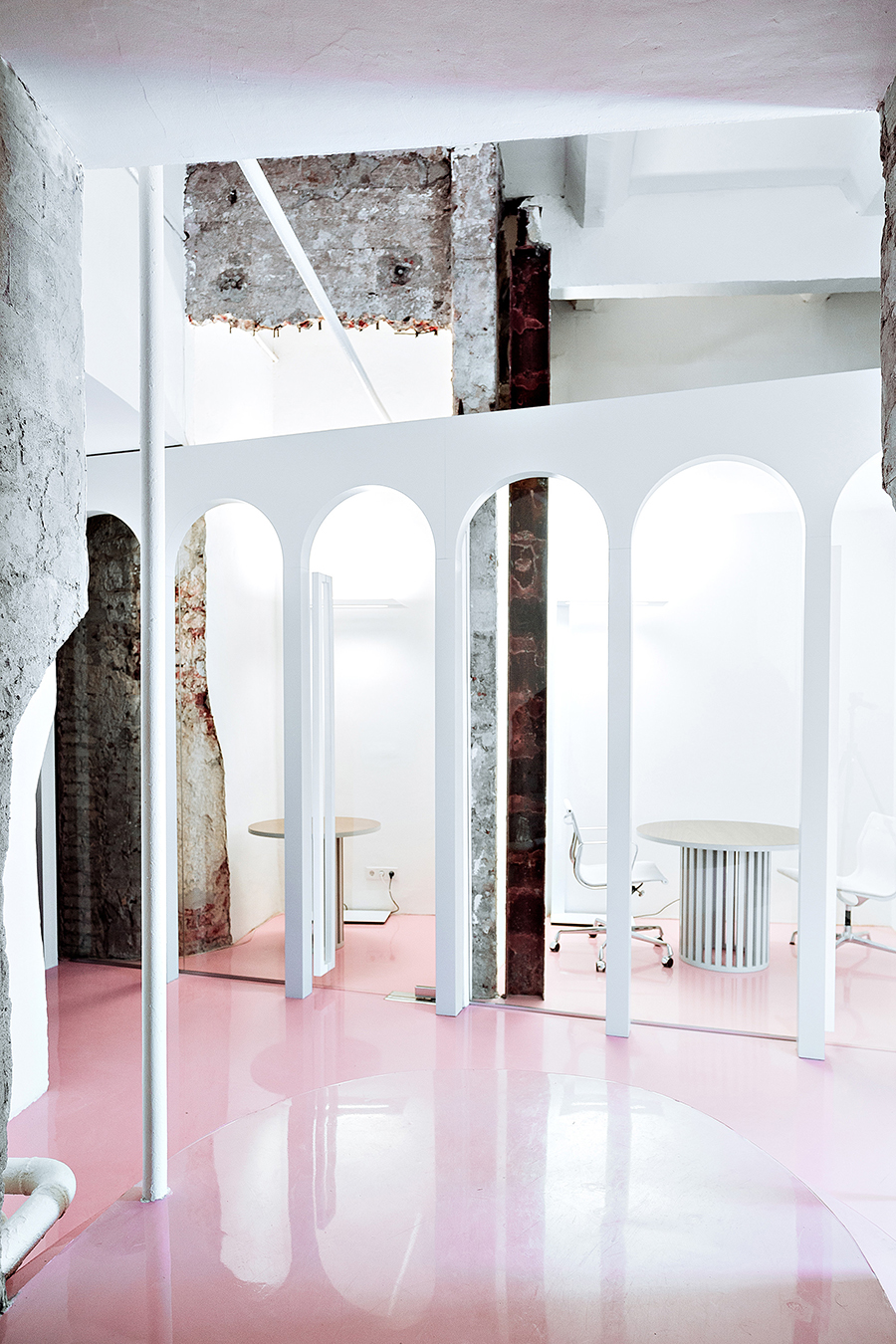
Harry Nuriev, a native of heavy manufacturing city of Stavropol, is not the most likely candidate to use soft pink in design. However, he and his Moscow architecture and product design studio, Crosby Studios, team members Olga Boris and Dmitry Vorontsov, took the cool old essence of a historical Moscow building and turned the recruiting office – with mostly female employees – into a harmonious, modern environment. With a shiny, pink floor.
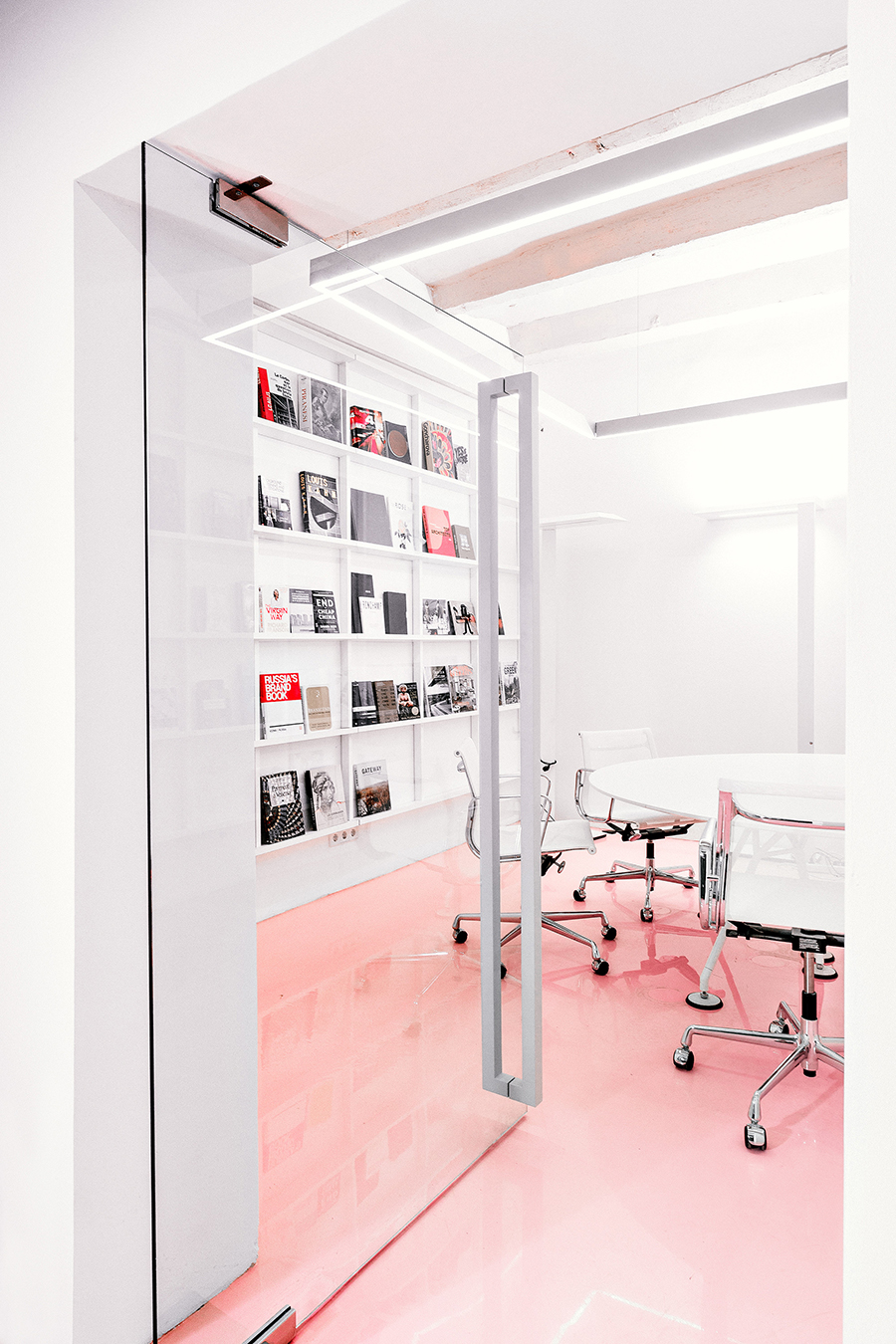
No surprise to anyone that our favourite features of this office are the exposed, untreated walls, the soft arches and the monochrome overall tone with great Vitra furniture.
But we cannot deny that it was the pink that first drew our attention and made us look twice. We also believe that this is not the annoying kind of pink that would drive the employees crazy after the first week of enchantment. It really does work in this space.
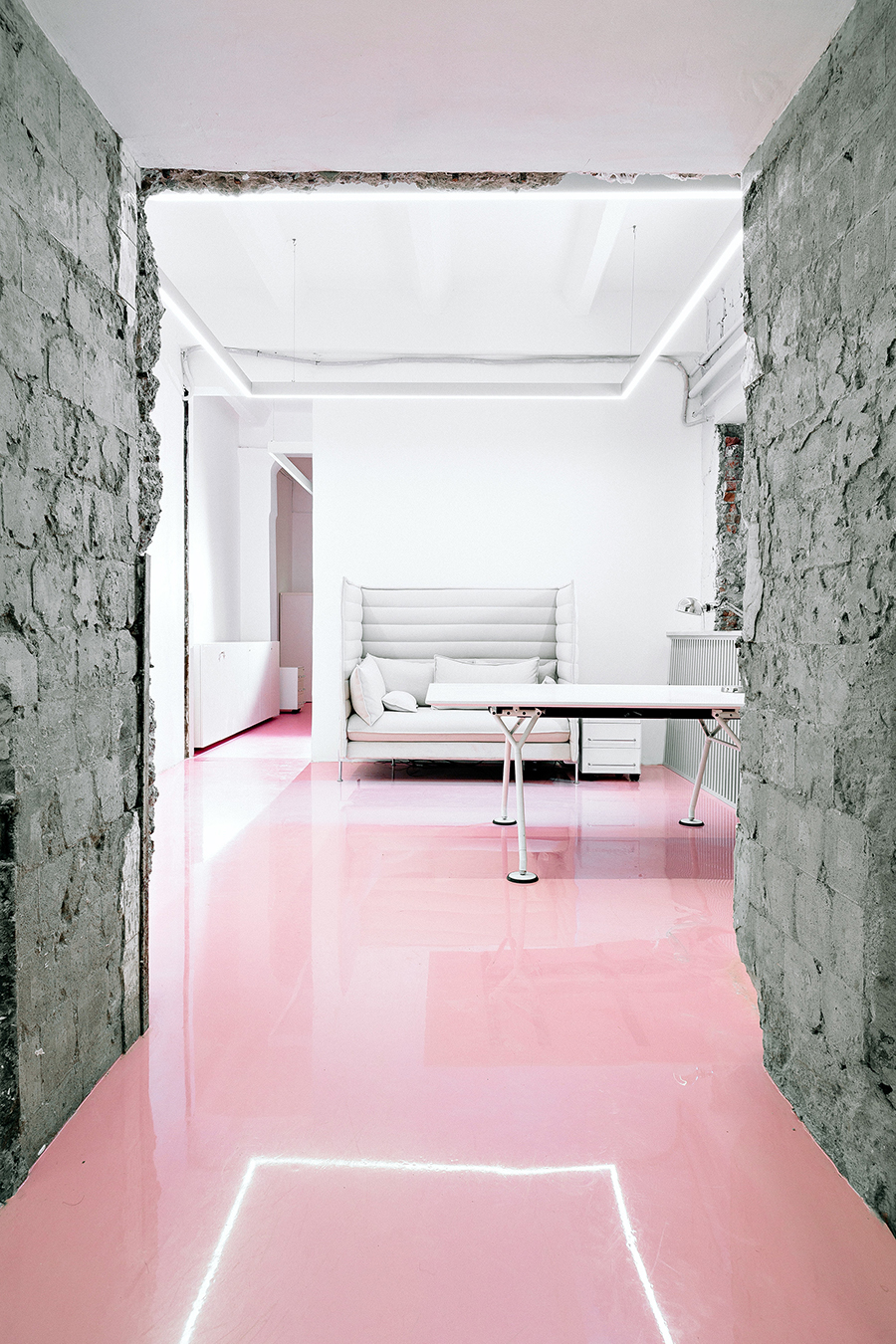
The total area of the office is only 168 square meters (1800 sq.ft), yet Crosby’s design solutions –using glass partitions, white wall and ceiling colour and the pink shiny floor – make it look spacious.
There’s one large library/conference room, two other boardrooms, one executive office and six small interview rooms for personal or video interviews.
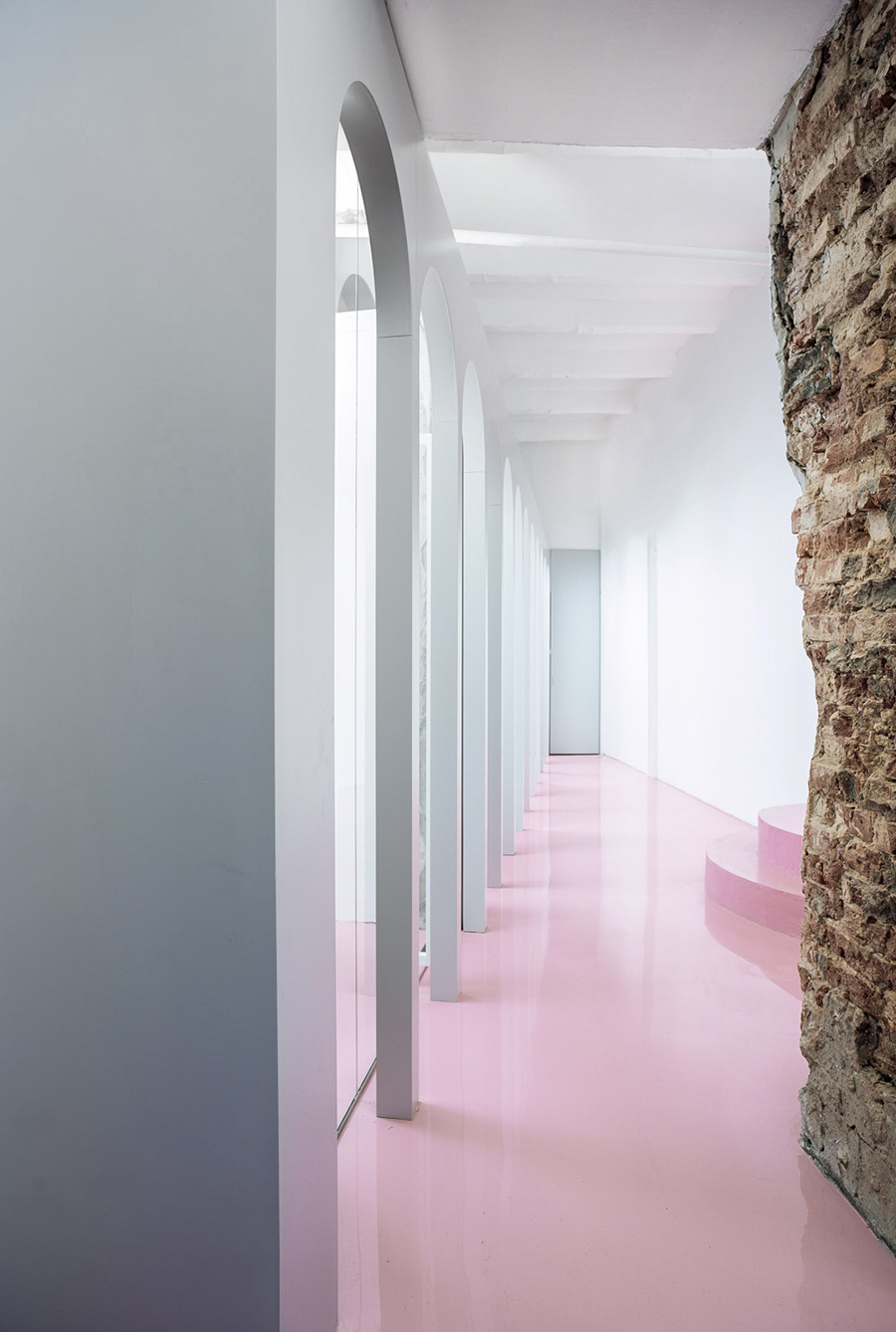
The building has a cool history as it is a former manufacturing facility owned by the Russian industrialist and philanthropist, Savva Mamontow (1841-1918), often referred to as “The Medici of Moscow” for his substantial support of the arts, including opera. Mamontow would most likely have approved of the delicate dance of exposed plaster and pink in his building. Tuija Seipell.
